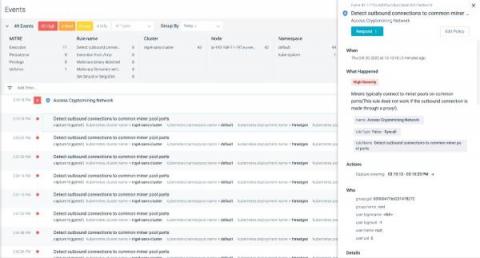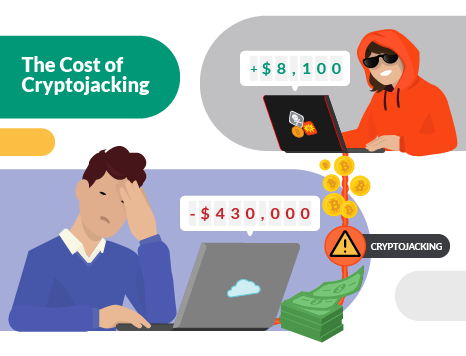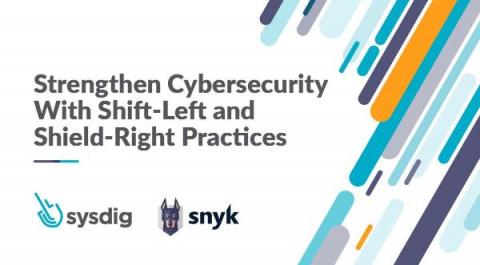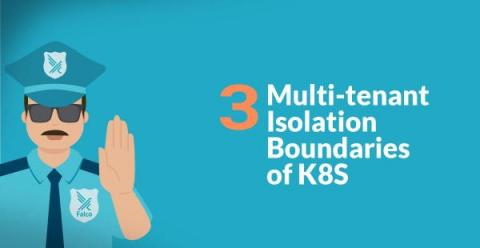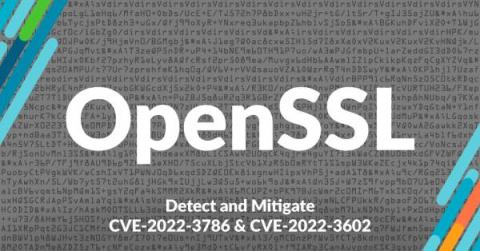CSPM - Least privilege principle in practice
Cloud Security Posture Management (CSPM) aims to automate the identification and remediation of risks across your entire cloud infrastructure. A core requirement of the CSPM framework is the need to enforce a principle of least privilege. There are certain overlaps with Cloud Infrastructure Entitlement Management (CIEM) solutions. CIEM is a newer categorization that came after CSPM.



